Living near noisy neighbors or high traffic streets may disrupt your day as the sounds often echo into your home. Nothing is worse than hearing construction or the garbage truck in the early hours of the morning.
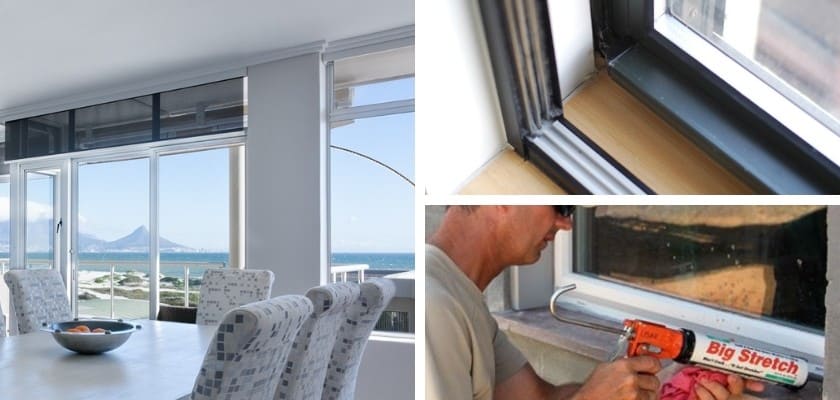
There are plenty of noise reduction strategies one can utilize to soundproof their windows (some cheap ones as well), whether you are looking for a quick, temporary fix or a DIY project that will last for a while.
Depending on your sound goals along with the type of noise you are trying to reduce, you will be able to pinpoint which technique will work best for you.
Here are nine economical ways to soundproof a window in your home so that you can have some peace.
1. Acoustic Caulk or Sealants
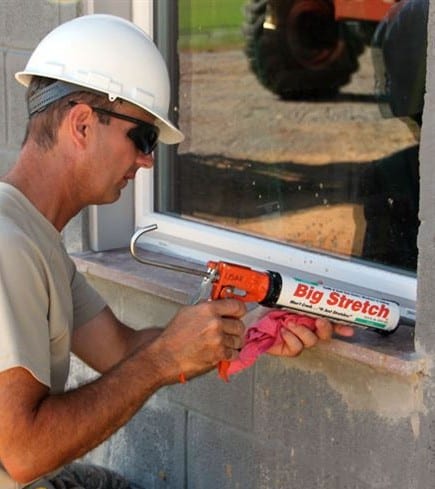
Shockingly enough, sound can enter one’s home through the small crevices in the window. These cracks typically lie near the edges of the window, where the wall and window meet.
It is ideal for individuals to properly seal their windows, as they may still acoustic problems if they chose another noise reducing technique and their window it is not correctly sealed.
Use sealant or caulk designed for acoustics. Convention caulk hardens over time, often resulting in cracks, whereas acoustical caulk is flexible and long-lasting.
2. Acoustic Window Foam
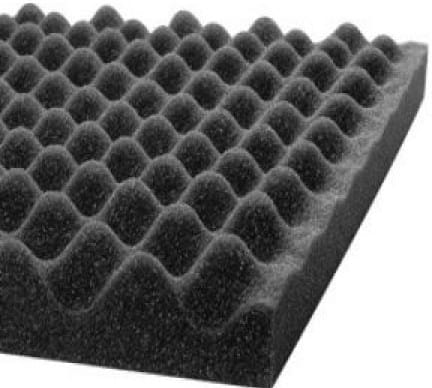
Acoustic sealing Window foam is commonly known as a window plug, and it is an inexpensive noise reduction method. Attaching a foam mat to a window helps reduce some outside noises; however, it limits light from coming in and is not aesthetically pleasing indoors.
Foam is not a permanent solution as you can apply and remove them whenever you please.
3. Interior Acrylic or Glass Sheet
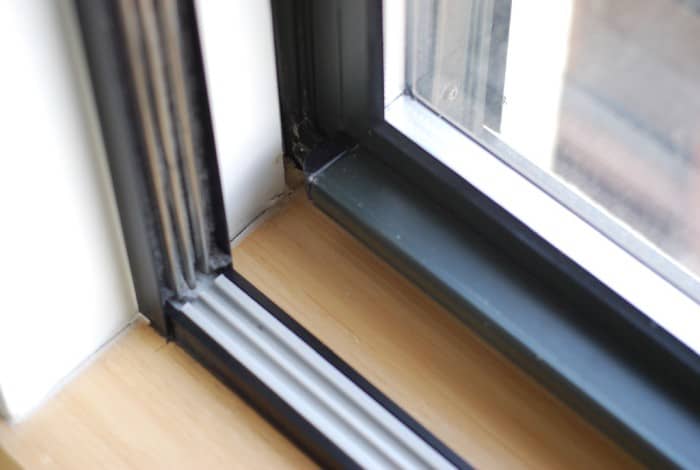
Installing a metal frame on an existing window and attaching a piece of glass or acrylic to the frame is another noise reduction strategy that works wonders. It is more in-depth than other DIY methods; however, the payoff is worth it as it is one of the most effective techniques for DIY soundproofing one’s windows.
It is vital that you use acoustic grade glass or laminated glass, as they result in a sizeable audible difference. Keep in mind that this method is difficult to install on traditional window styles and that it changes the appearance of your window.
4. External Storm Windows
Installing storm windows on the outside of one’s home is another way to soundproof your windows. The extra layer of glass helps drowned out the sound along with enhancing one’s insulation.
The thickness of the glass and the seal of the frame will determine how effective your storm window will be at reducing noise. This method is more advanced than others, so it is essential to use high-quality materials and professional techniques to get the job done.
5. Noise Reducing Curtains
Noise-canceling curtains, also known as thermal curtains or blackout curtains, are a simple fix that many people overlook. It is a more beginner DIY method as all you have to do is hang up the curtain on a rod.
Unlike other methods, noise-canceling curtains are easy to set up and take down so that it does not permanently impact the integrity of your windows in any way. Noise-canceling curtains work well in combination with other noise reducing techniques such as sealing your windows with acoustic caulk.
6. Noise-Reducing Shutters or Blinds
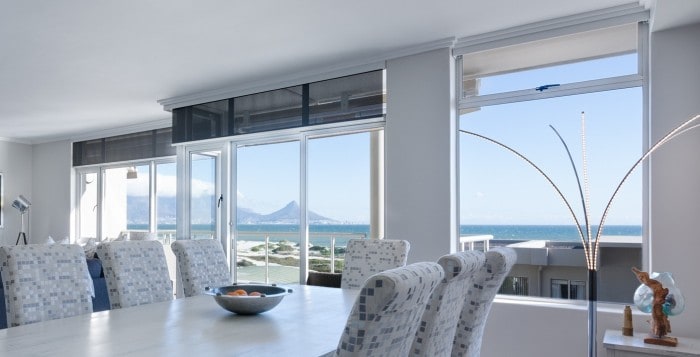
Another easy DIY method to reduce noise would be to install noise-reducing shutters or blinds. To improve your acoustic performance, it is vital that you add more material between the inside and the source of the noise.
There are different blinds called cellular shades, also known as honeycomb shades, that are ideal for soundproofing. The honeycomb shape traps air and essentially prevents it from coming indoors. Double cells provide the most significant impact and better acoustic benefits.
Try timber window shutters to reduce noise as wood helps to dampen sound due to being porous. Insulating blinds are another option as the thick fabric blocks out noise pollution.
7. Use Quilted Fiberglass Window Panel
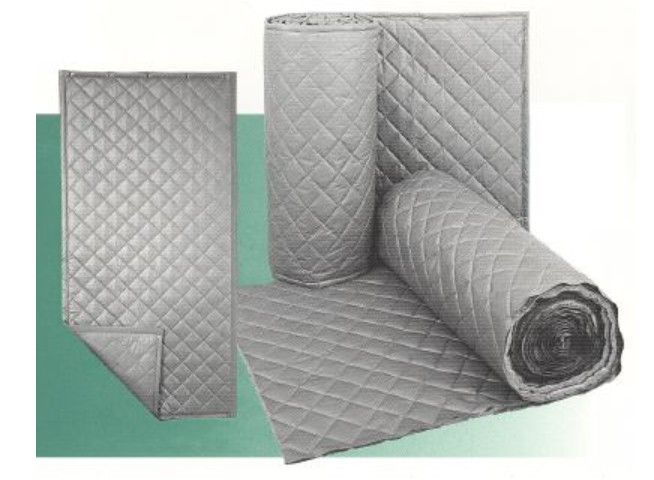
A quilted fiberglass panel is made of fiberglass material pressed into a diamond design, similar to a quilt. They come in two styles: BSC, which has a quilted fiberglass sound absorber and a loaded vinyl noise barrier septum in the middle, or BBC, which only has the quilted fiberglass on one side with a smooth backing.
Quilted fiberglass panels come in sheets that you can hang with hooks or attach with double-sided Velcro tape. This is often used by musicians when sound-proofing studios but also works well for windows.
8. Use Dual-Glazed Windows Instead of Single-Glazed

Single-glazed windows have only one layer of glass in their panes. Double-glazed windows are made of two layers of glass separated by a gas-filled vacuum.
This vacuum gap insulates your home from sound and also from light and heat, which can also improve your energy efficiency.
However, if you want to double-glaze your windows you will have to replace them completely. There is no way to add an extra layer of glaze to the existing panes, and often you’ll need to replace the frames as well because they will be too narrow for double-glazed panes.
9. Use Indow Window Inserts
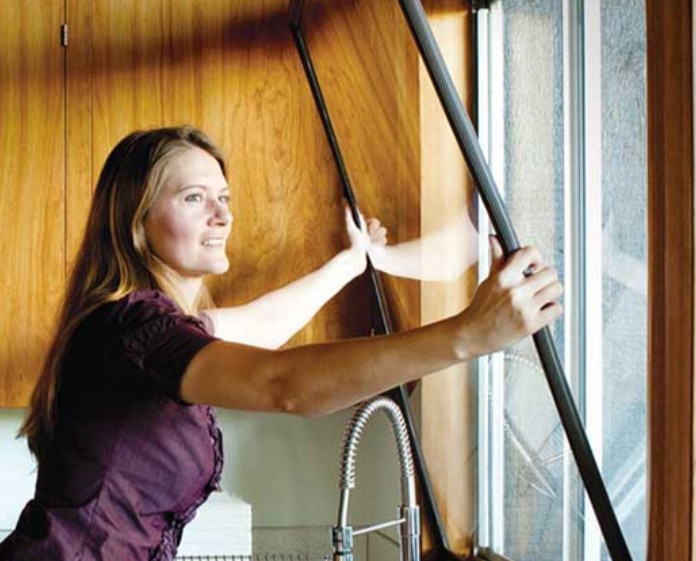
Source: https://indowwindows.com/
If you want to improve your sound insulation without replacing your existing windows, Indow window inserts are a good choice.
These inserts are made of quarter-inch acrylic glazing with silicone compression tubing at the edges. The tubing helps seal the area around your window so that noise does not get through.
Indow window inserts can reduce the outside noise in your home by 70 percent when used with single-glazed windows.
They are custom-cut to your windows so they can fit unobtrusively, block noise, and preserve existing windows, which is particularly important if you have a historic home. They’re also easy to install on your own.
How Much Does It Cost to Soundproof Windows?
The cost of soundproofing windows varies on several factors. The number of windows you are hoping to soundproof as well as their size will affect your final cost.
It also depends on the soundproofing method that you are choosing. For example, if you are choosing an Indow window insert, that can cost several hundred dollars for a standard window.
A double-glazed window will also cost several hundred dollars. On the higher end of the scale, a custom-built soundproof window can cost upwards of $10,000.
Are Soundproof Windows Also Energy-Efficient?
The answer depends on the window and the method of soundproofing. Some soundproofing barriers decrease your home’s overall energy consumption because they act as an insulator. For example, double-glazing your windows will also stop heat from coming in, not just sound.
However, for your home to get the full energy-efficient rating, your windows need a low E coating and for there to be gas in the gap between the panes, while windows that are only soundproof leave the gap empty. A soundproof window can be energy efficient as well, but not all of them are.
Does the Type of Glass Used in a Window Impact Sound Reduction?
Yes, the type of glass does impact sound reduction. For example, many manufacturers recommend laminated glass for full windows or inserts.
Laminated glass has an extra interlayer, which is normally used to prevent it from shattering when it breaks but also provides extra protection from sound.
There are also special types of acoustic glass designed to act as a sound barrier. The thickness of the glass used as well as its size, how well it fits the frame, and what other soundproofing methods you are using will all play a factor in its final effectiveness.
Related Posts
- Comparison of HardieBacker Cement Board vs Plywood For Tiling Projects
- 6 Great Alternatives to HardieBacker Cement Board
- Comparison of WonderBoard vs GoBoard Used as Tile Backer Boards
- How Much Does it Cost to Furnish a House – Living Room,Bedroom,Kitchen etc
- 5 Benefits of Spray Foam Insulation During Summer
- Here are Some Plumbing Installation Tips For your New Home
Leave a Reply